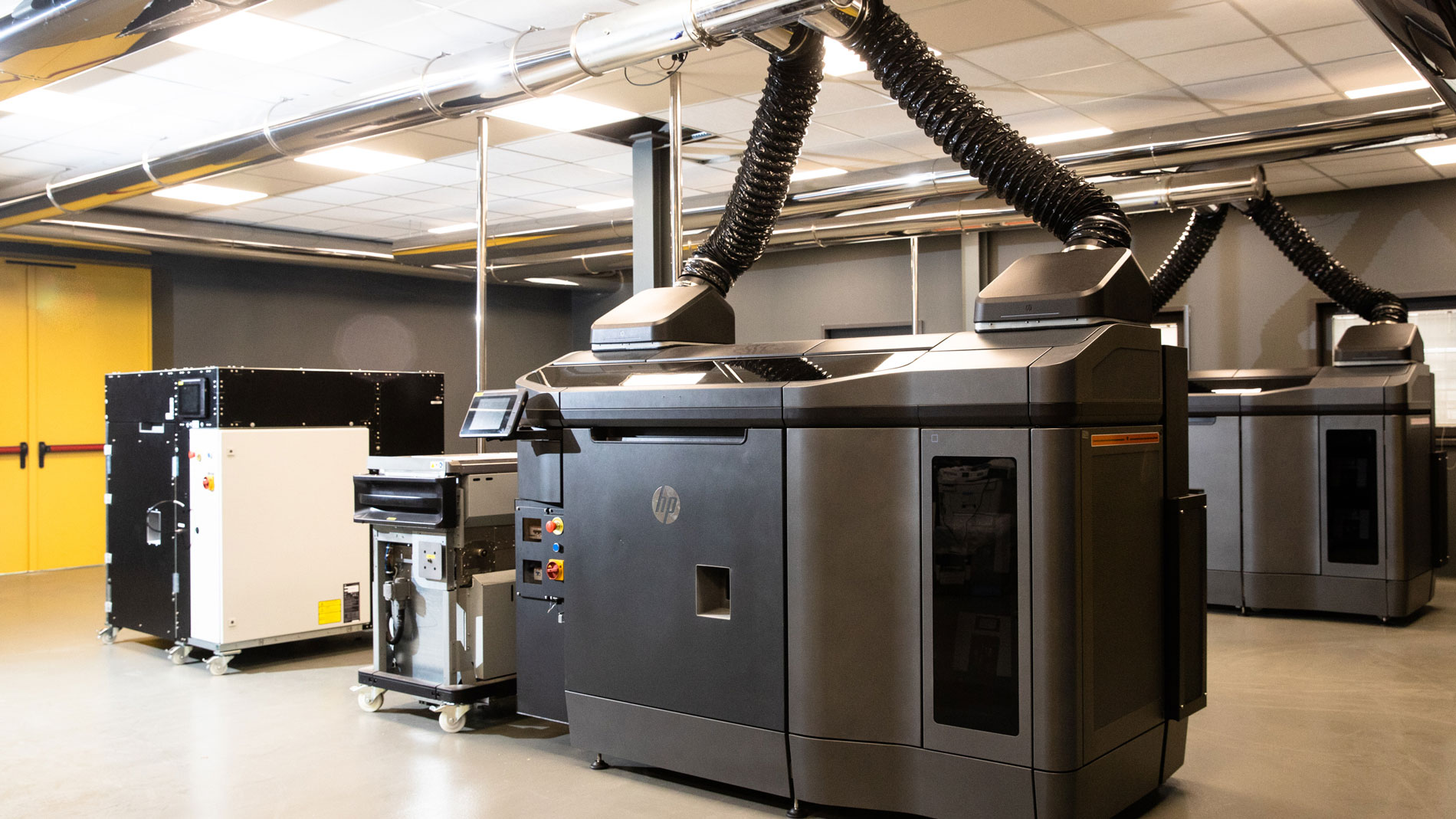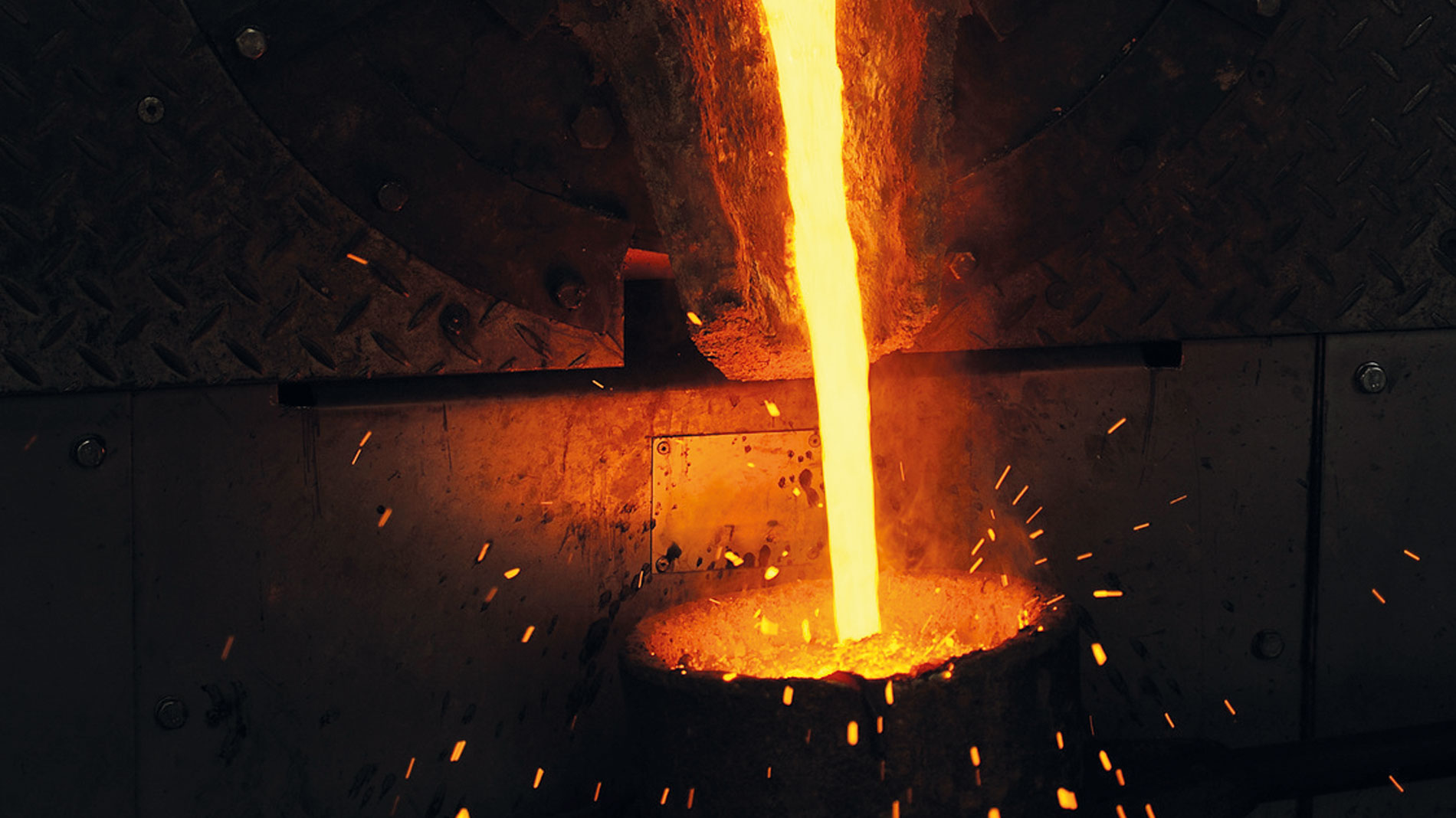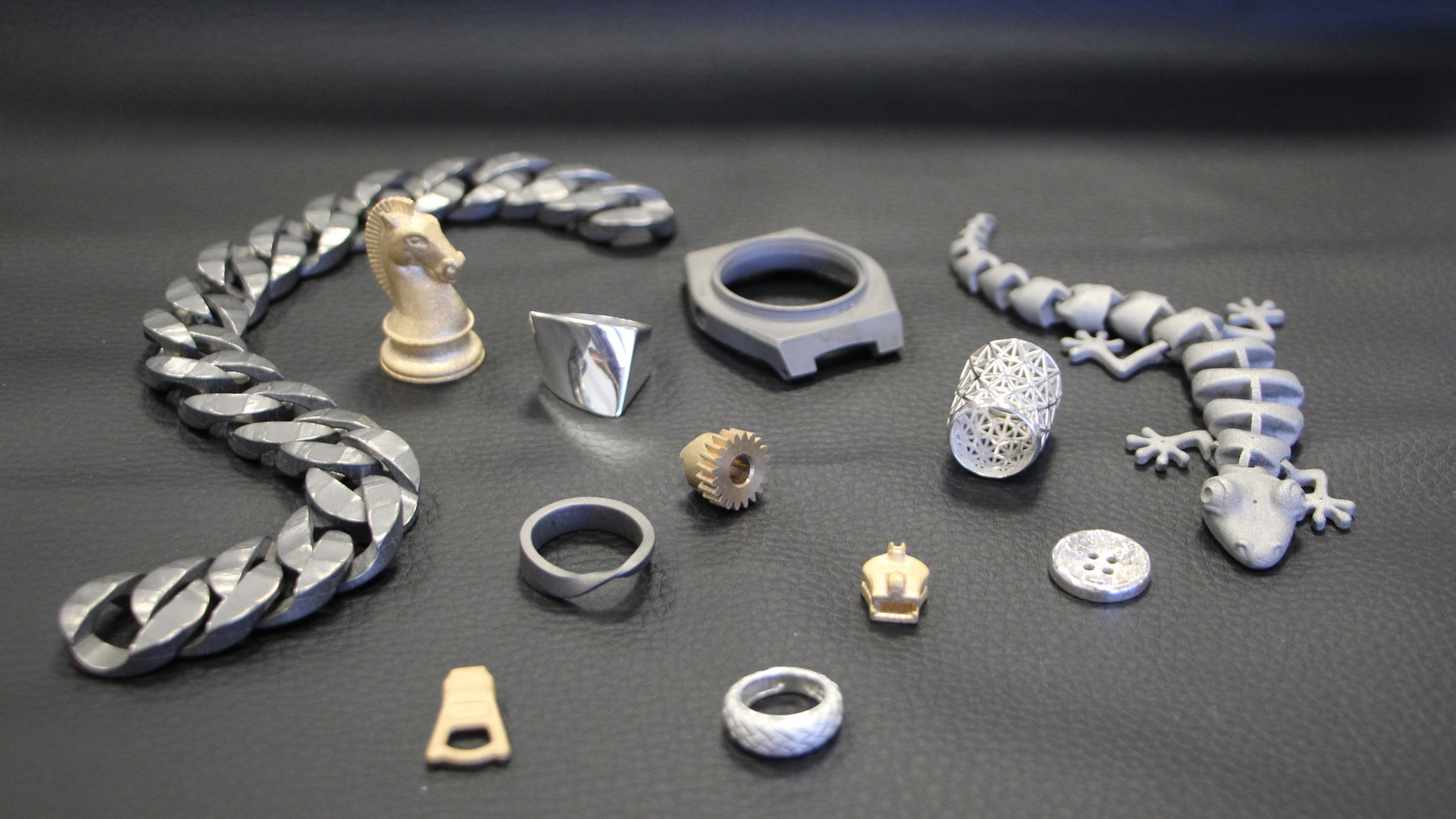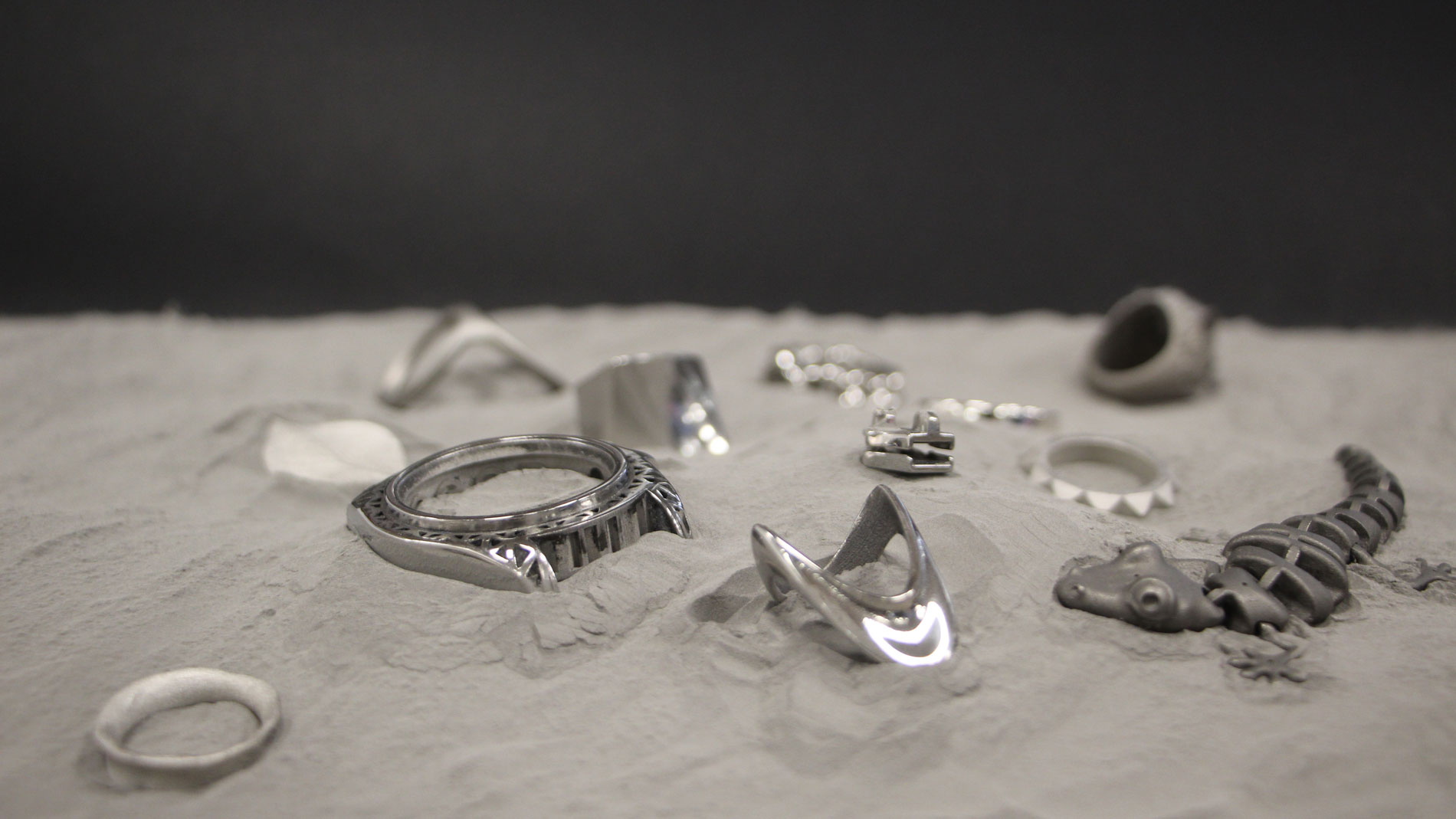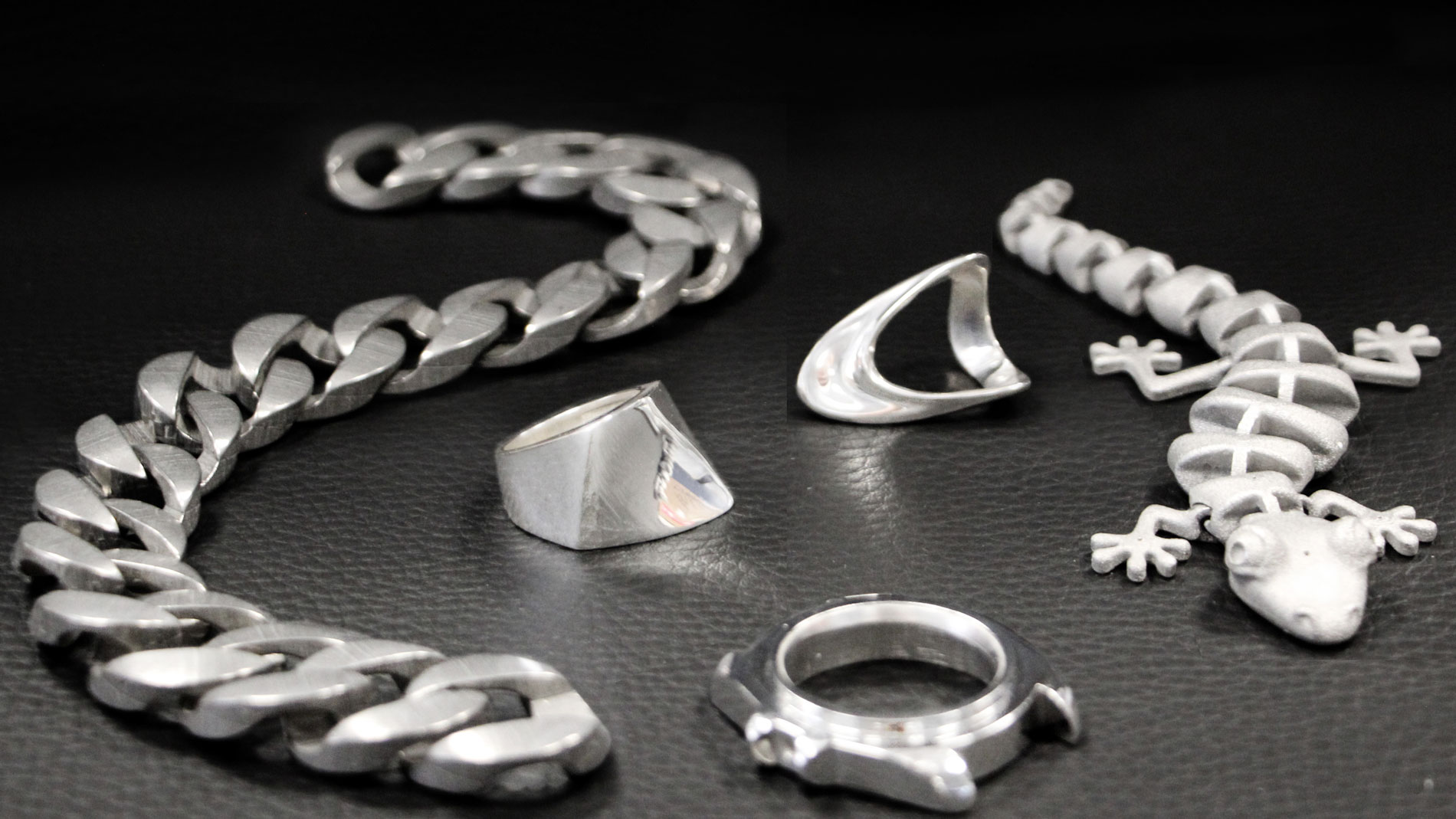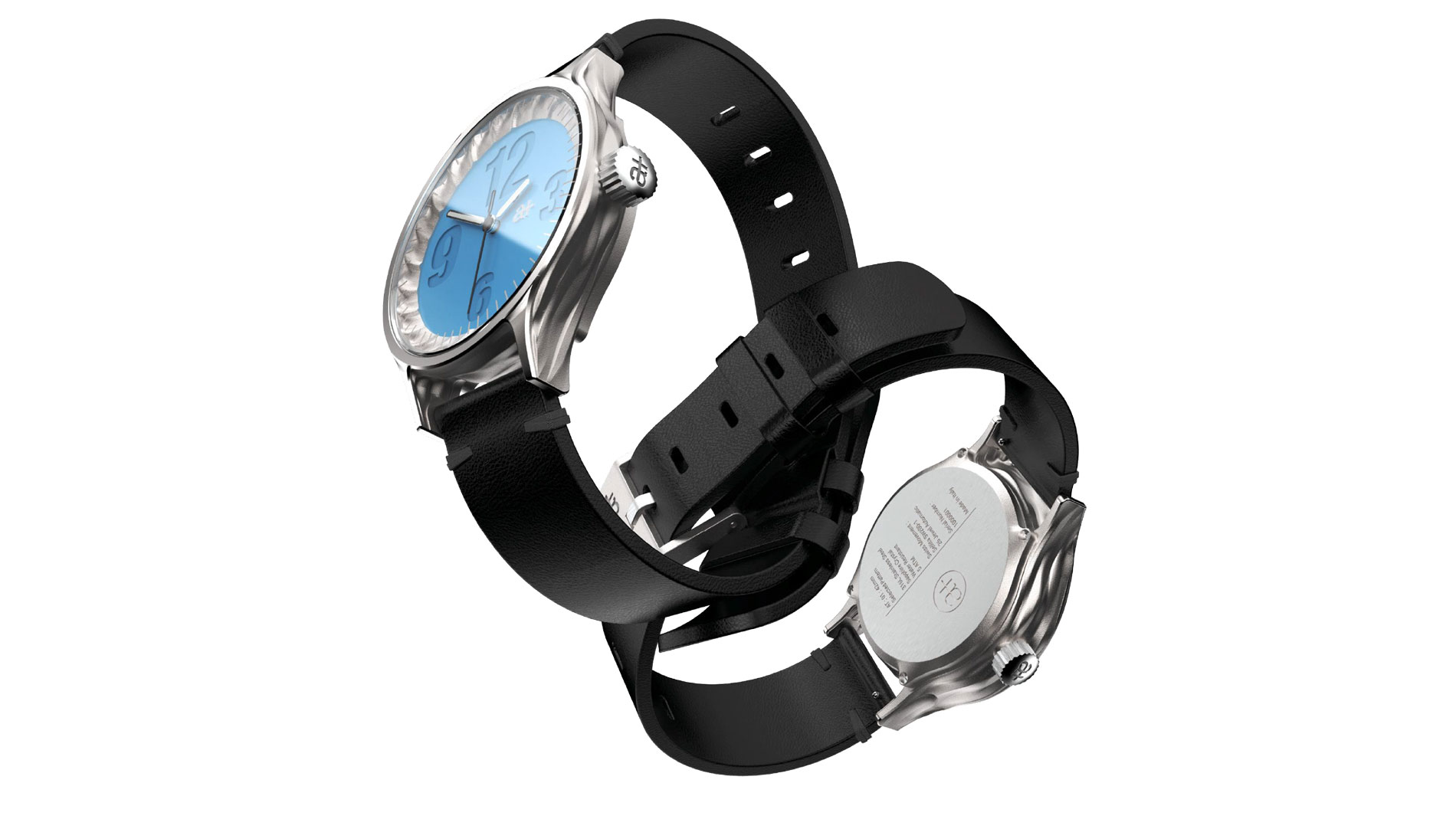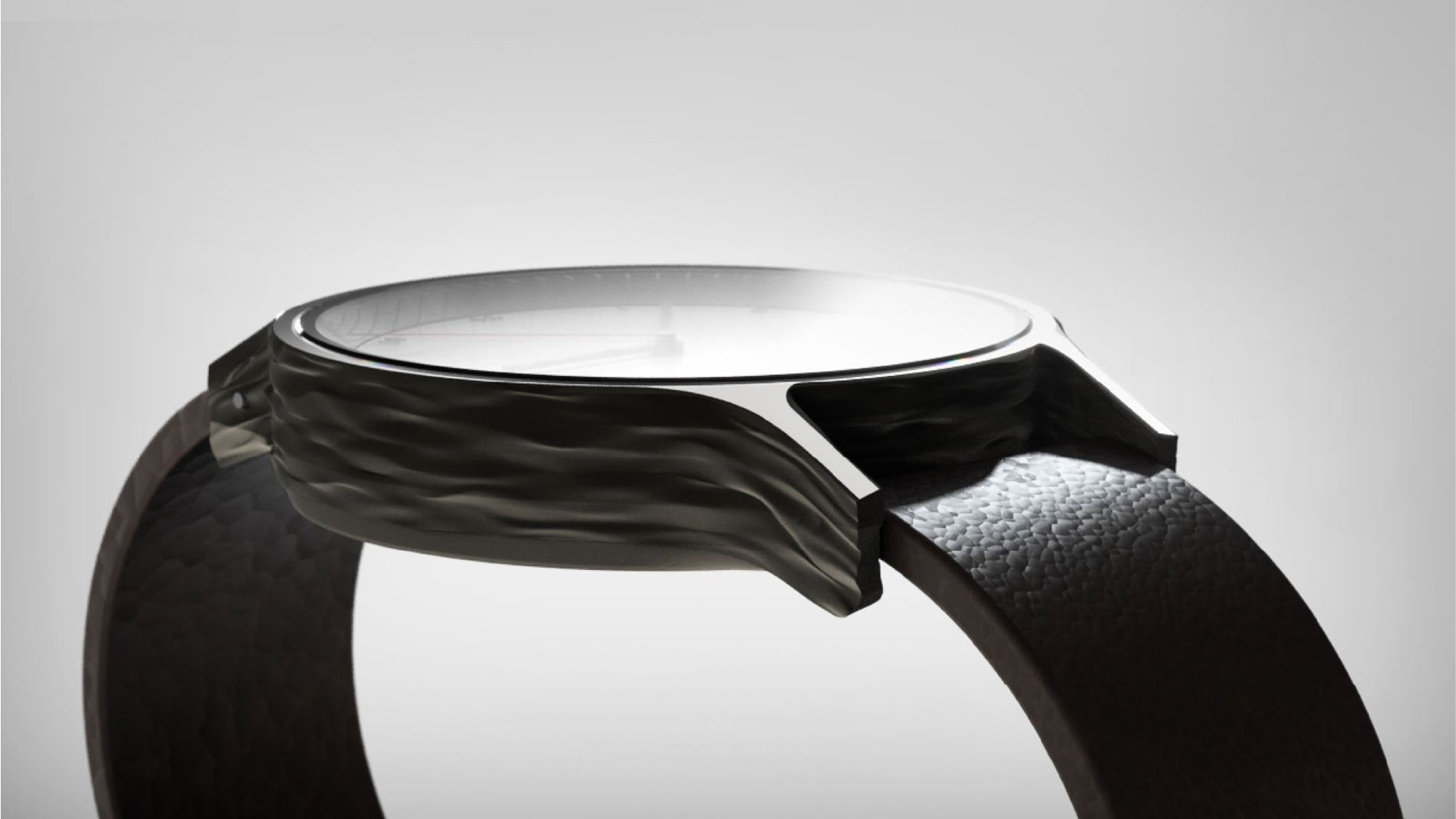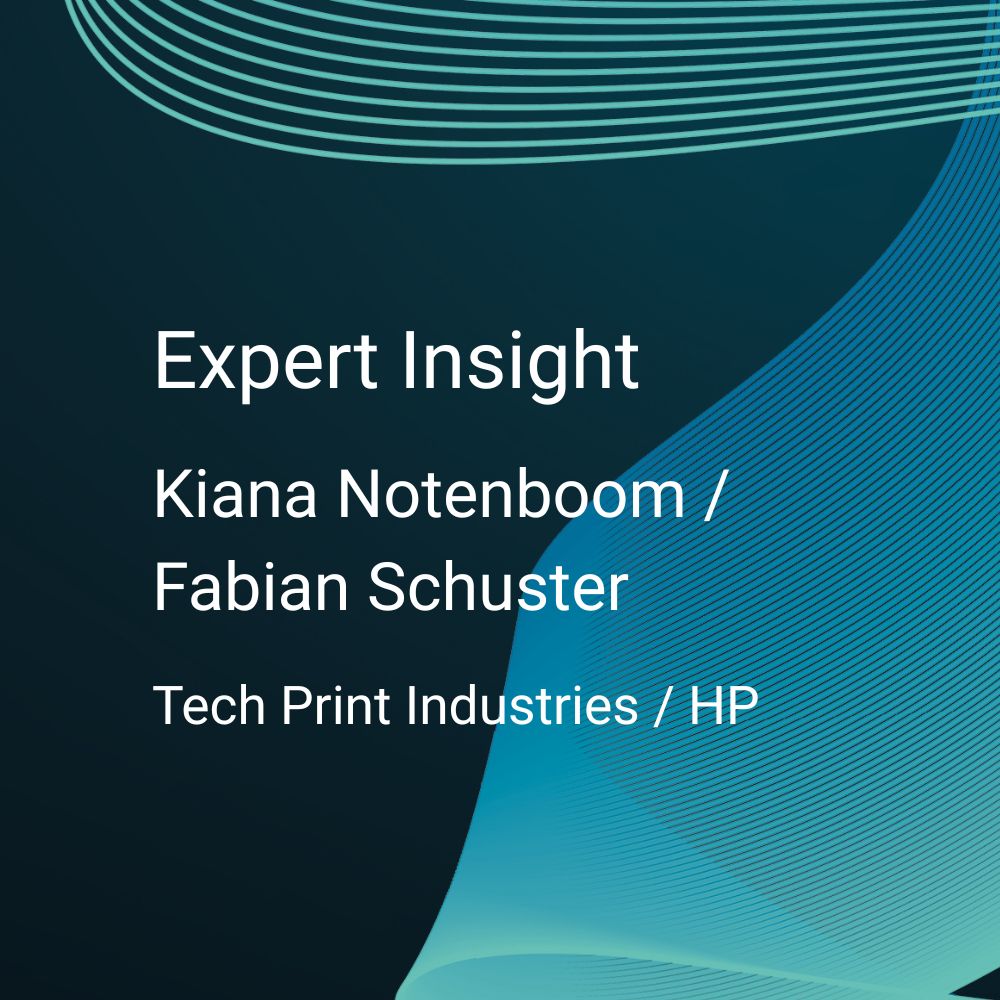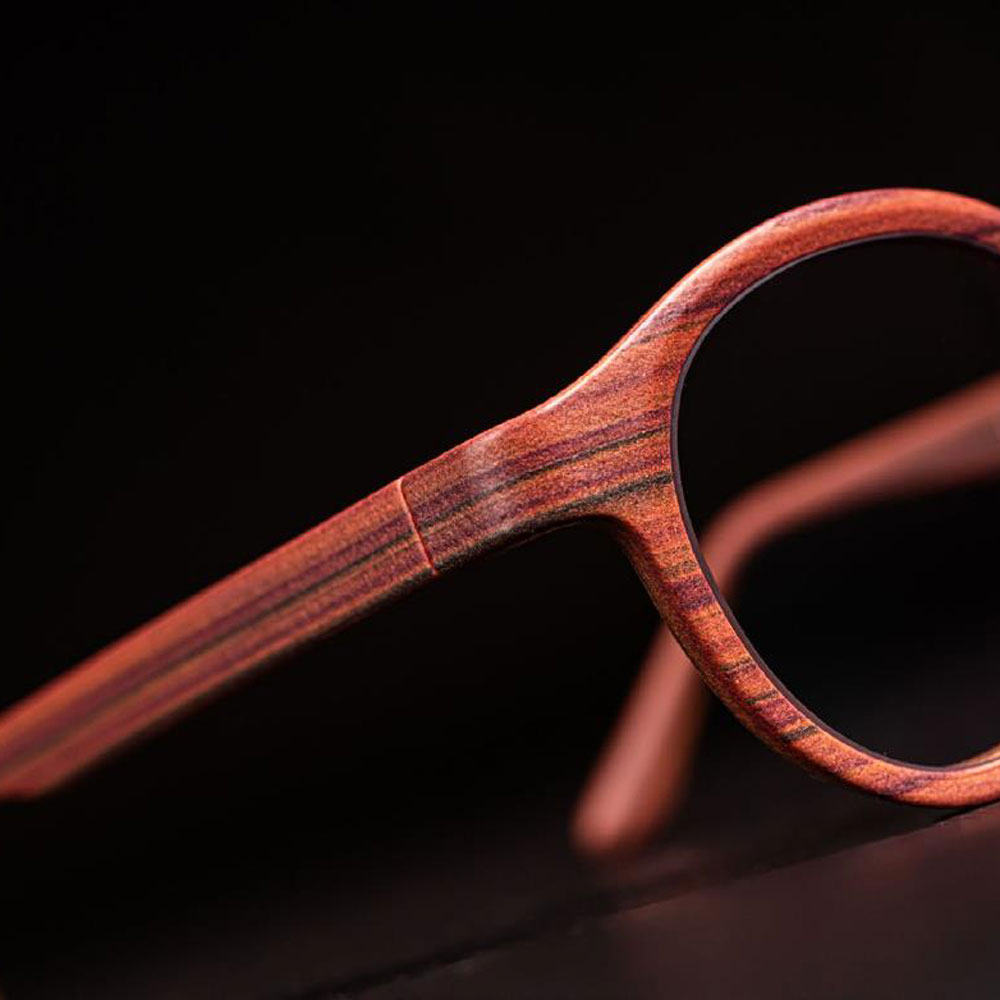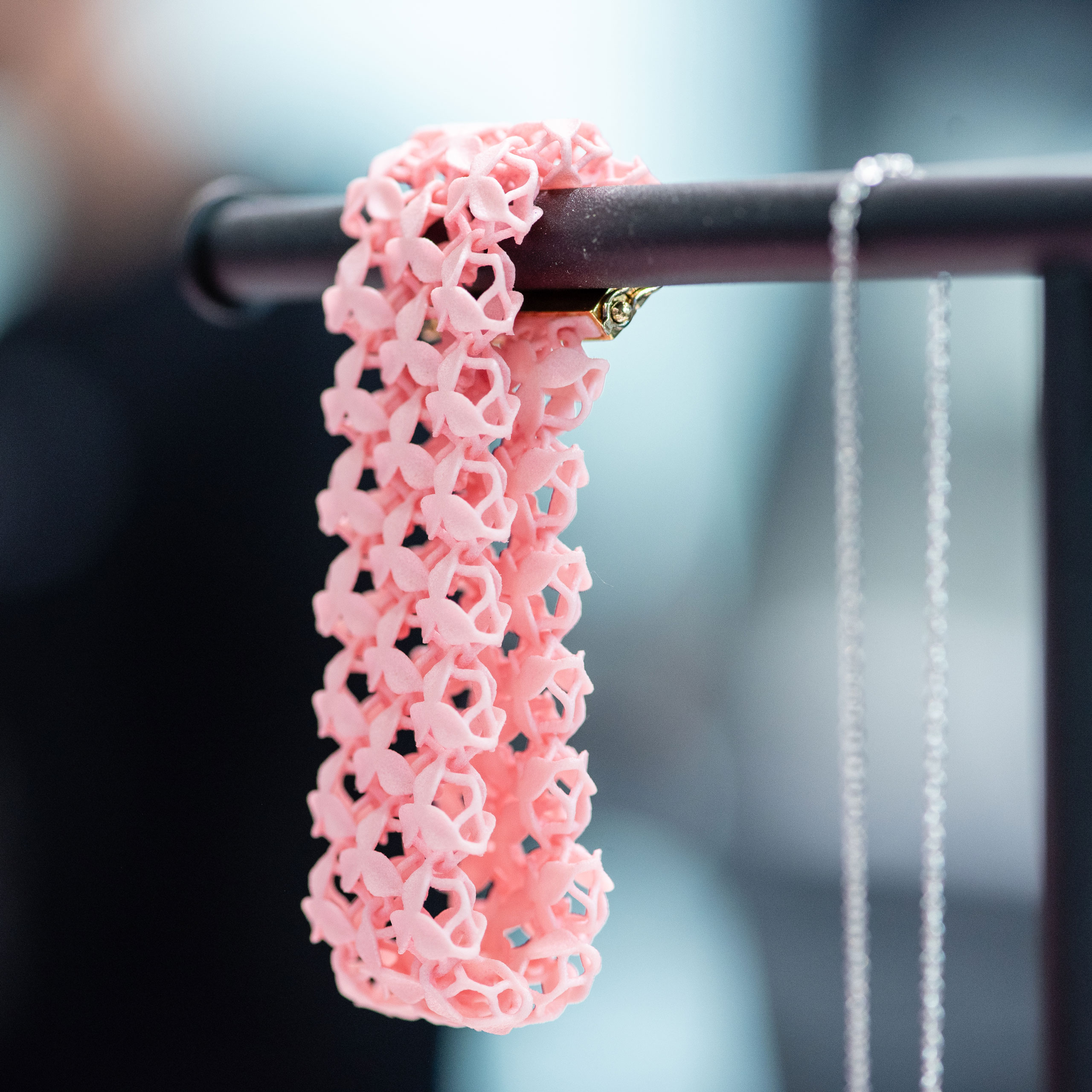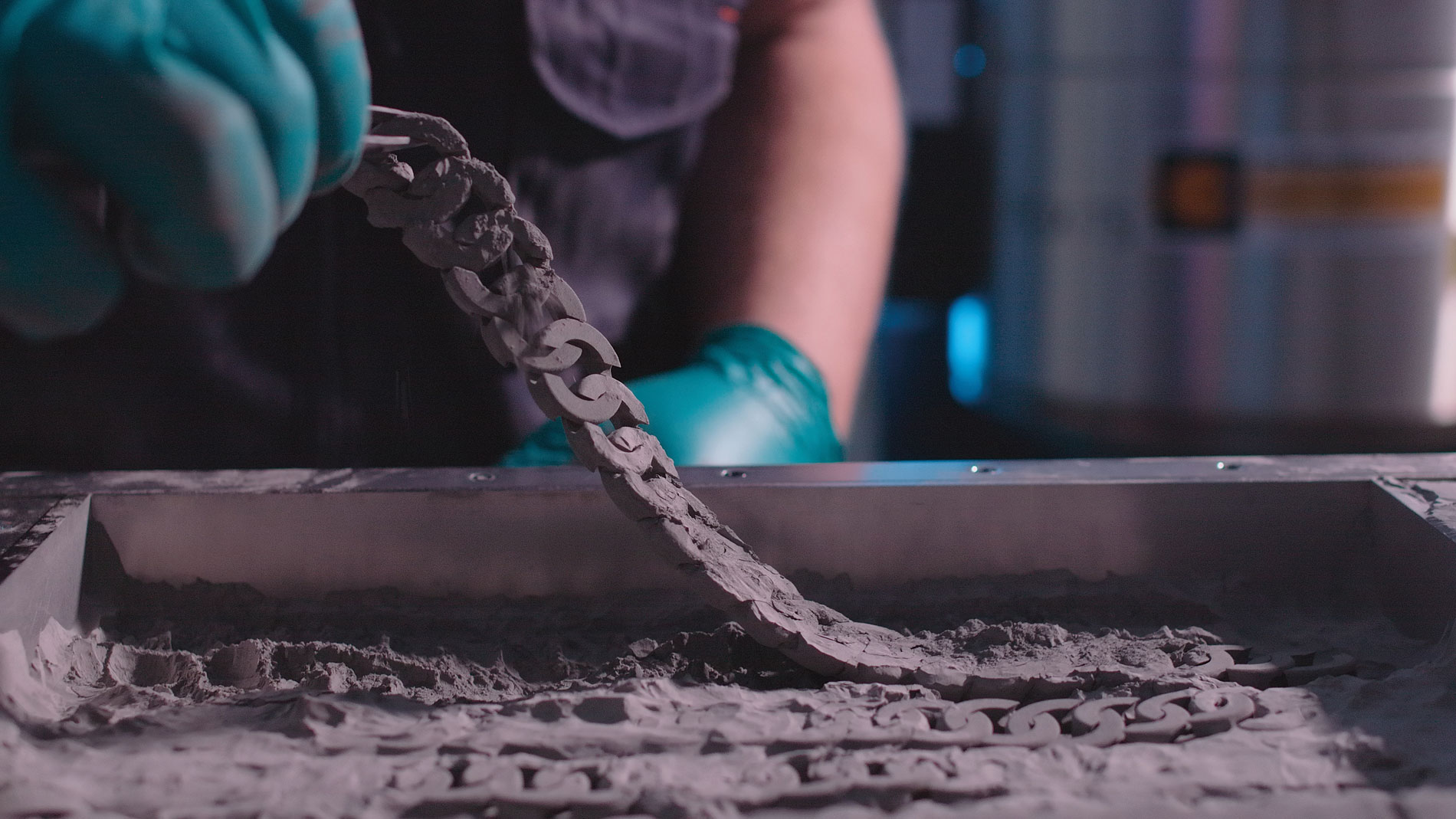
Text: Thomas Masuch
In 2022, Legor began its journey into Additive Manufacturing with a collaboration with HP. “In this project, our mission is to bring innovation to life through 3D metal jet printing technology and advanced metal production services. We see ourselves not just as providers of technology, but as catalysts for creativity and transformation. Our role is to bridge the gap between technical excellence and artistic vision and help designers and product developers turn their ideas into extraordinary, personalized metal creations that are ready for the market,” says Fabio Di Falco, marketing manager at Legor Group. At the same time, the consideration that the jewelry industry is changing and moving towards more flexibility has also played a role.
Legor is an Italian family business that specializes in transforming metals into high-quality alloys, plating solutions, and powders for the production of jewelry and fashion accessories. Headquartered in Bressanvido, near the city of Vicenza – Italy’s renowned capital of goldsmithing – the company now has 200 employees and nine branches around the globe.
It says that 40% of the jewelry produced worldwide is made using Legor alloys, and 14% of jewelry and fashion accessories are plated with Legor solutions. “With our products, we are at the beginning of the manufacturing chain in the jewelry industry and are therefore a very important player,” Di Falco states.
Up to a thousand parts per week
From a technological point of view, Legor decided early on to make use of binder jetting technology. The company had also looked into selective laser sintering (SLM), but: “Binder jetting technology is simply the best choice for our strategy. It enables industrial scalability, cost reduction, and the production of complex, high-precision metal components in large volumes. This technology is capable of adapting to both small series or special-edition productions, as well as to large-scale manufacturing.” Di Falco also sees the technological advancement of binder jetting technology as the reason why Additive Manufacturing has become more influential in the jewelry industry in recent years. “A long time ago, precious metals were processed using SLM technology, but SLM often requires support structures that lead to more expensive waste, and the surface quality was also unsatisfactory.”
Thanks to its agreement with HP, Legor says it is not only the sole company in Italy that is operating HP binder jetting systems; it has also developed a great deal of expertise in the adoption of the techonology in the jewelry and fashion accessories industries. “We’ve made significant progress in the past three years,” Di Falco reveals. Legor now has its own 3D printing department in Bressanvido, which is operated by four employees and can produce up to 1,000 parts per week on printers from both HP and Desktop Metal. These are also used to process four different metals: bronze, stainless steel, platinum, and a patented silver alloy. The 3D printing of gold is also already under development.
“We currently print platinum parts using the Desktop Metal printer, as its smaller size requires a lower quantity of precious metal powder to operate, making the process more cost-effective and reducing material waste. For printing silver parts, on the other hand, we use the HP printer, which is larger and better suited to handling less expensive materials in higher volumes.”
Various pieces of jewelry that have been manufactured at Legor. Image: Legor
Quickly experienced the learning curve
With its equipment and extensive knowledge, Legor has not only developed its own metal powders (its Powmet line) for the 3D printing of jewelry. It also acts as a service provider, primarily for manufacturers and designers. According to Di Falco, it has achieved a level of quality that is “accepted by the industry”. In quality assurance, Legor checks its components for dimensional accuracy and density (“we achieve up to 99.9 percent”), and strives for the best possible surface quality in cooperation with external partners (e.g. for sandblasting). “However, some customers prefer to grind or polish their jewelry themselves,” Di Falco points out.
As a service provider, Legor has also experienced the relatively recent learning curve of Additive Manufacturing in the jewelry industry. “Initially, we were approached by companies that often wanted to 3D-print their existing products and designs,” recalls Di Falco. “In total, we printed more than 1,000 designs, but not all the objects were useful because traditional designs are easier to produce using conventional methods.” Ultimately, however, this process also helped many players in different industries to better understand the possibilities of Additive Manufacturing.
Inquiries becoming more mature
In the meantime, the requests from the jewelry world have also become more “mature” and the “companies have understood that AM can revolutionize the jewelry sector”. Legor is now receiving designs that would be very difficult or impossible to produce using conventional technologies. “Designers and smaller companies can use it to realize their special designs without having to invest in more expensive molds,” Di Falco explains. Other larger companies sometimes order several hundred products because they need them quickly for an exhibition or a special collection.
Finally, Legor is also involved in a collaboration with the Istituto Europeo di Design in Milan so that even more jewelry designers can use Additive Manufacturing in the future. Fabio Di Falco is certain that related expertise will be even more important going forward. “The industry is changing: We’re seeing less and less mass production with hundreds of thousands of pieces. The trend is towards more flexibility, mass customization, smaller quantities, and more unusual designs.”
Binder Jetting: For further information on this procedure, check out the AM Field Guide


